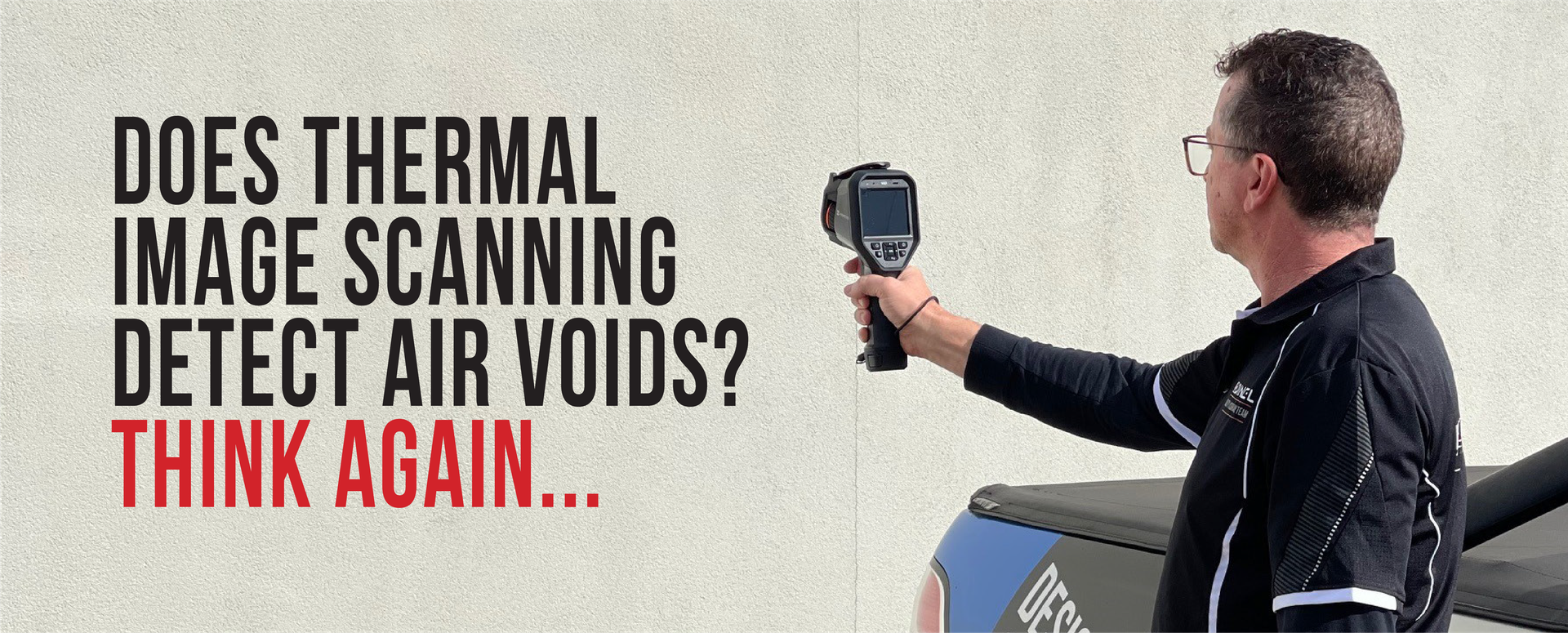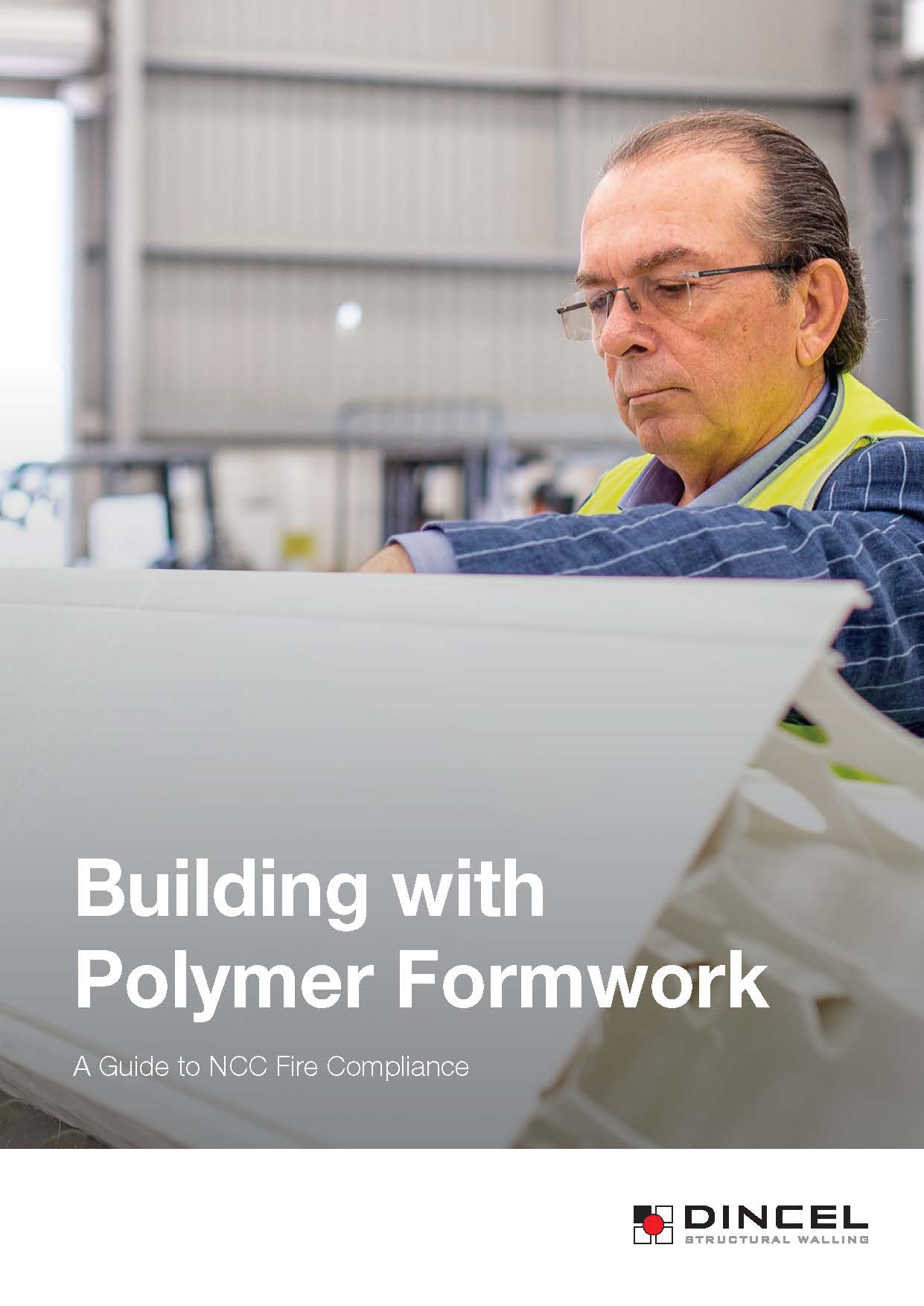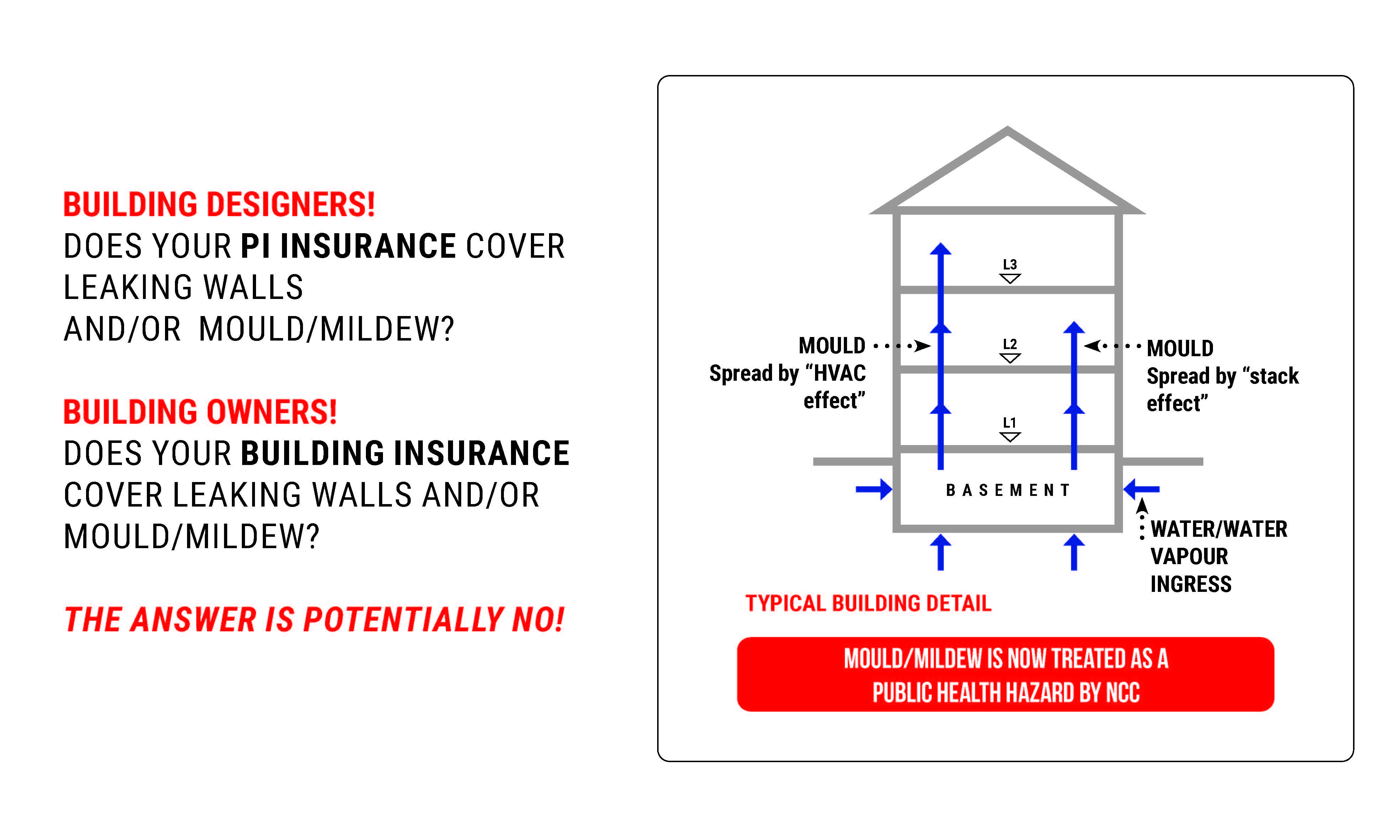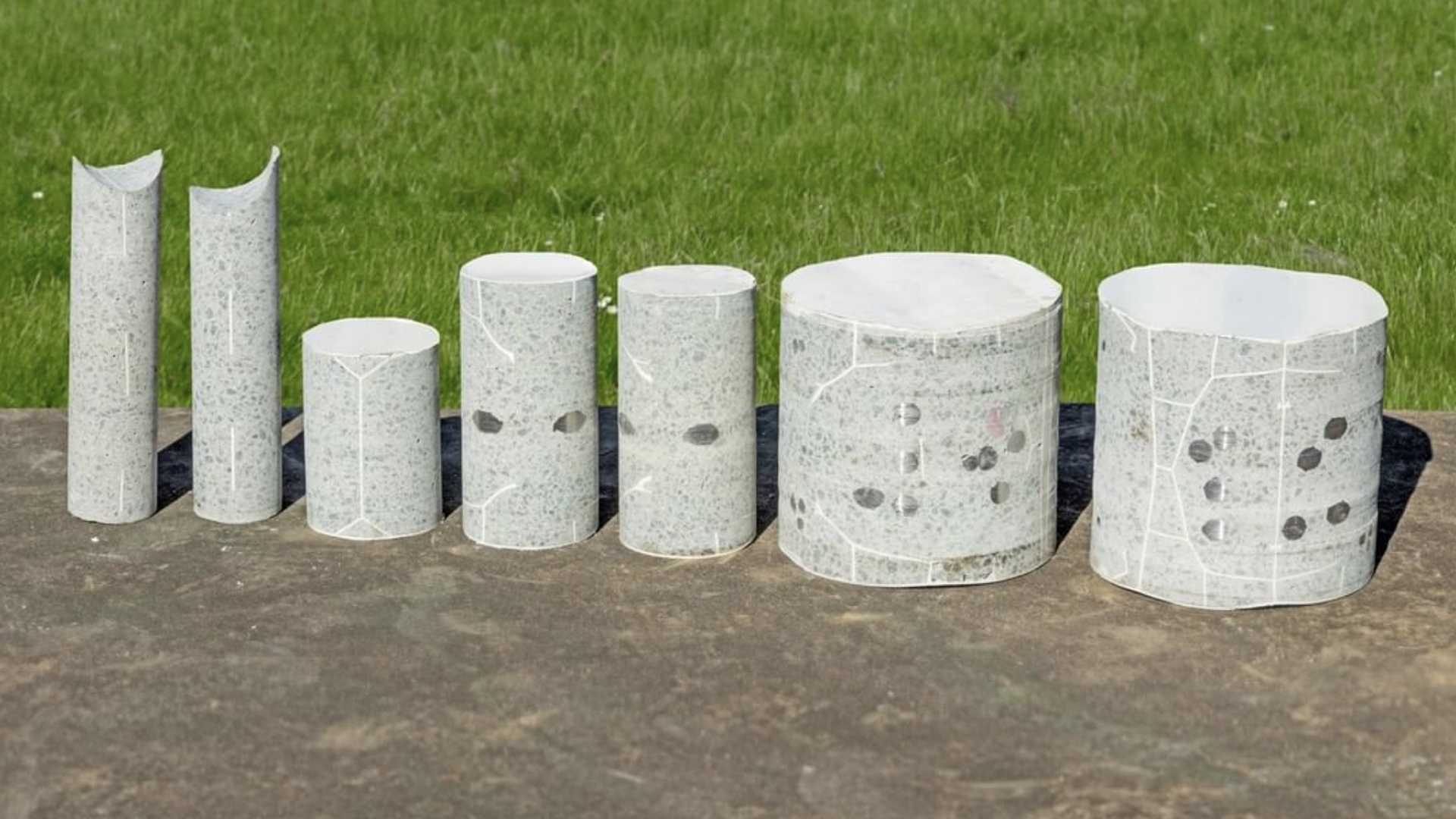Does Your Building Comply With Mould/Mildew Requirements of NCC-2022 & NSW Water Management Act?
Published 23 January 2024

The NCC 2022 Volumes 1 and 2 Performance Requirements F8P1 and H4P7 for Class 1, 2 and 4 states “Risks associated with water vapour and condensation must be managed to minimize their impact on the health of occupants.”
The health of building occupants can be affected if the internal surface of an external (façade and basement) wall demonstrates mould/mildew and fungus development. There are two conditions for these problems to emerge: (a) the presence of water vapour and (b) the availability of nutrients.
Nutrients for growth are unavoidable as spores are always present in the air. They will germinate and grow (even if only at a microscopic level) if temperature and humidity conditions are suitable. Most building materials, furnishings, contents, and the unavoidably dusty environment in the car park/storage area all contain nutrients to some extent. This is beyond the control of the building designer.
Therefore, to avoid mould/mildew and fungus, water
and/or water vapour must be eliminated. There are two primary sources causing
this problem: (a) condensation related water and (b) leaking external wall.
Condensation: Various sources (and academic papers) note that a relative
humidity of 60% or greater will provide a condensation water source. So, the
humidity level within the interior space and/or the temperature at the internal
face of an external wall must be controlled. Leaking external wall: A leaking
external wall will result in significantly more water presence than what will
occur through a condensation water source, hence all but guaranteeing
mould/mildew and fungus development. The NCC 2022 stipulates a DTS requirement
to minimize mould/mildew or fungus, or alternatively the Verification Method
requires that the mould growth index must be less than 3. Both are very
stringent requirements and so the best way to ensure compliance is to design
such that no water or water vapour is possible.
The main problem with basement walls is water leaks rather than condensation. Any water entering a habitable space in a basement would be unacceptable. Indeed, even water in non-habitable areas of the basement need to be addressed as mould in the basement can impact habitable areas above.
Research by the Universities of Yale and Tulsa into mould
transmission in a 3-storey building with a single level basement found that up
to 30% of the basement mould/mildew travelled to the 2nd floor as shown in the
above diagram. The report suggests that mould transmission would be more than
30% for a property with a HVAC System.
Building Designers, Certifiers and Local Councils therefore should consider the following before adopting “Water Shedding Design principles for below ground structures” recently promoted by some industry players:
- NCC F8P1 and H4P7 became mandatory requirement on the 1st October 2023.
- The guidelines for the implementation of the NSW Water Management Act 2000 , Section 1.4 (https://water.dpie.nsw.gov.au/__data/assets/pdf_file/0003/541605/minimum-requirements-for-building-site-groundwater-investigations-and-reporting.pdf ) notes a preference for a fully tanked basement where groundwater (permanent or temporary) is impacted ( Other Australian states building authorities have similar requirements). This also serves the purpose of newly introduced NCC requirements (NCC F8P1 and H4P7) by preventing water/water vapour ingress.
- There are 5 Sydney Councils already requiring “fully tanked” systems to comply with item 2 above and, of course, this requirement will also deliver a basement compliant with NCC F8P1 and H4P7. For these reasons it should be expected that the number of Councils mandating tanked basements in the presence of ground water will increase. As a side benefit, specifying fully tanked basements from the start should significantly reduce DA approval time.
- The ongoing operation of basement pumps during the life of the building must be included in the energy efficiency calculations for the project.
- Limitations placed by Councils and Water Authorities on the discharge of pumped groundwater into their assets.
As explained above, even a small amount of water vapour or water is adequate to cause mould/mildew and fungus growth. Flooding water, unmaintained and/or non-air tight pump out systems, high ground water table, seasonal water table fluctuation, undrained surface rainfall or groundwater seepage, unmaintained/blocked agricultural lines are some of the many reasons for the water source to cause mold/mildew/fungus problem in basements. The only effective solution to prevent water entering the building interior is for the basement to be “fully tanked” or, alternatively, to utilise the DINCEL SOLUTION found at https://www.dincel.com.au/products/waterproof_warranty















